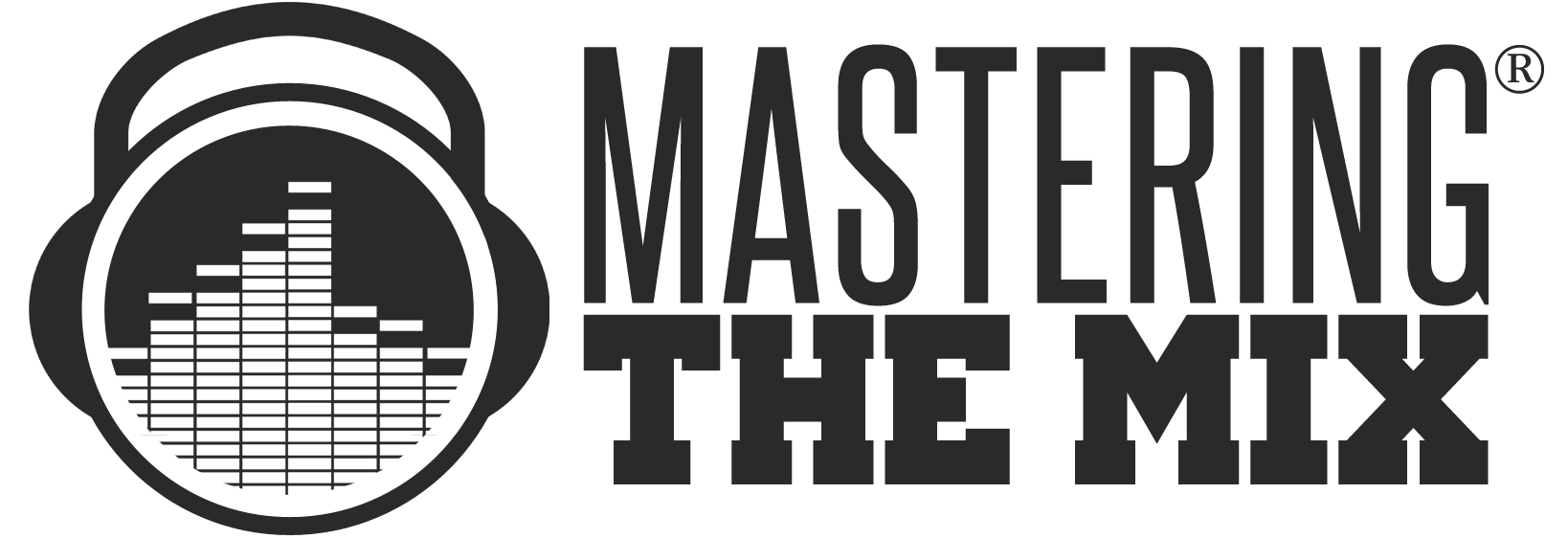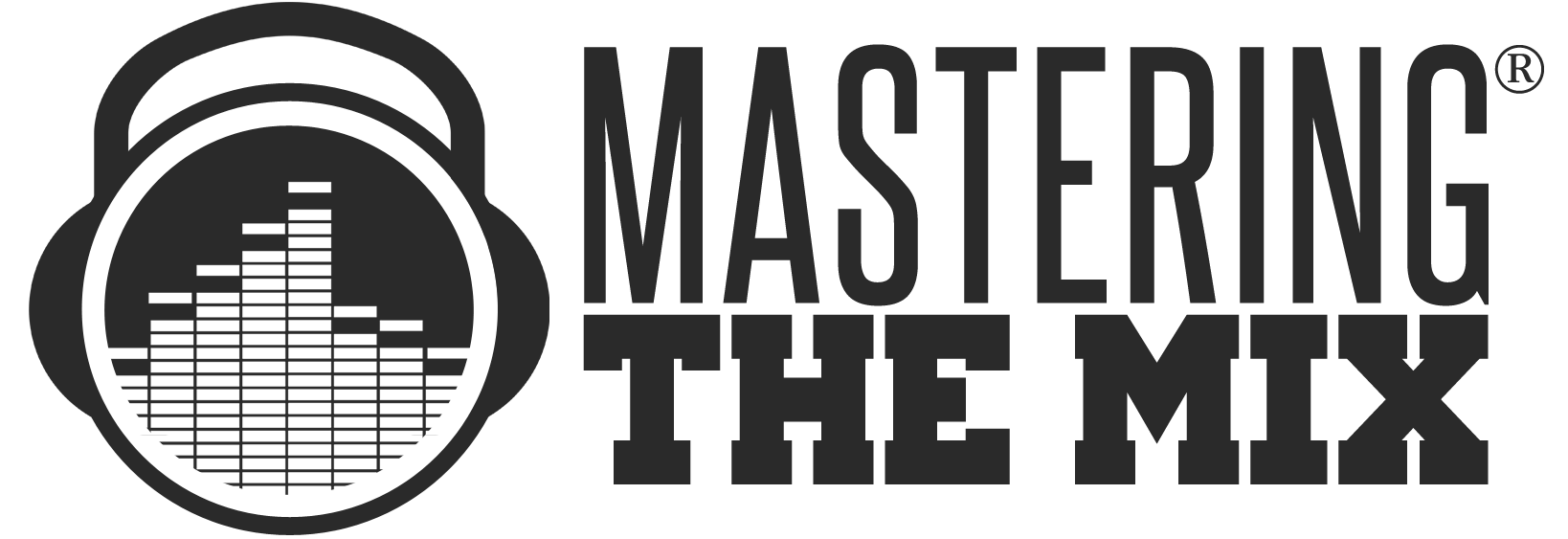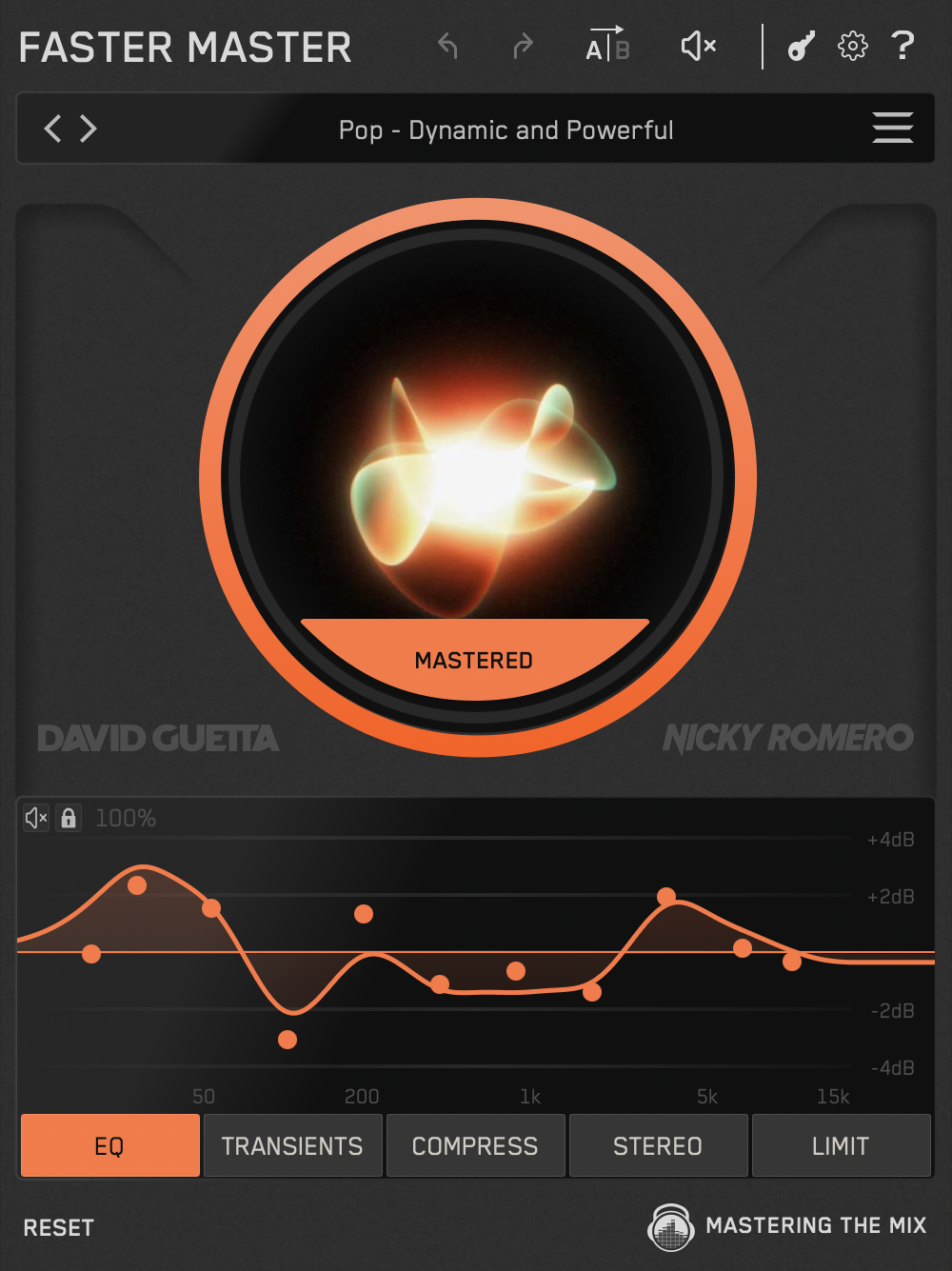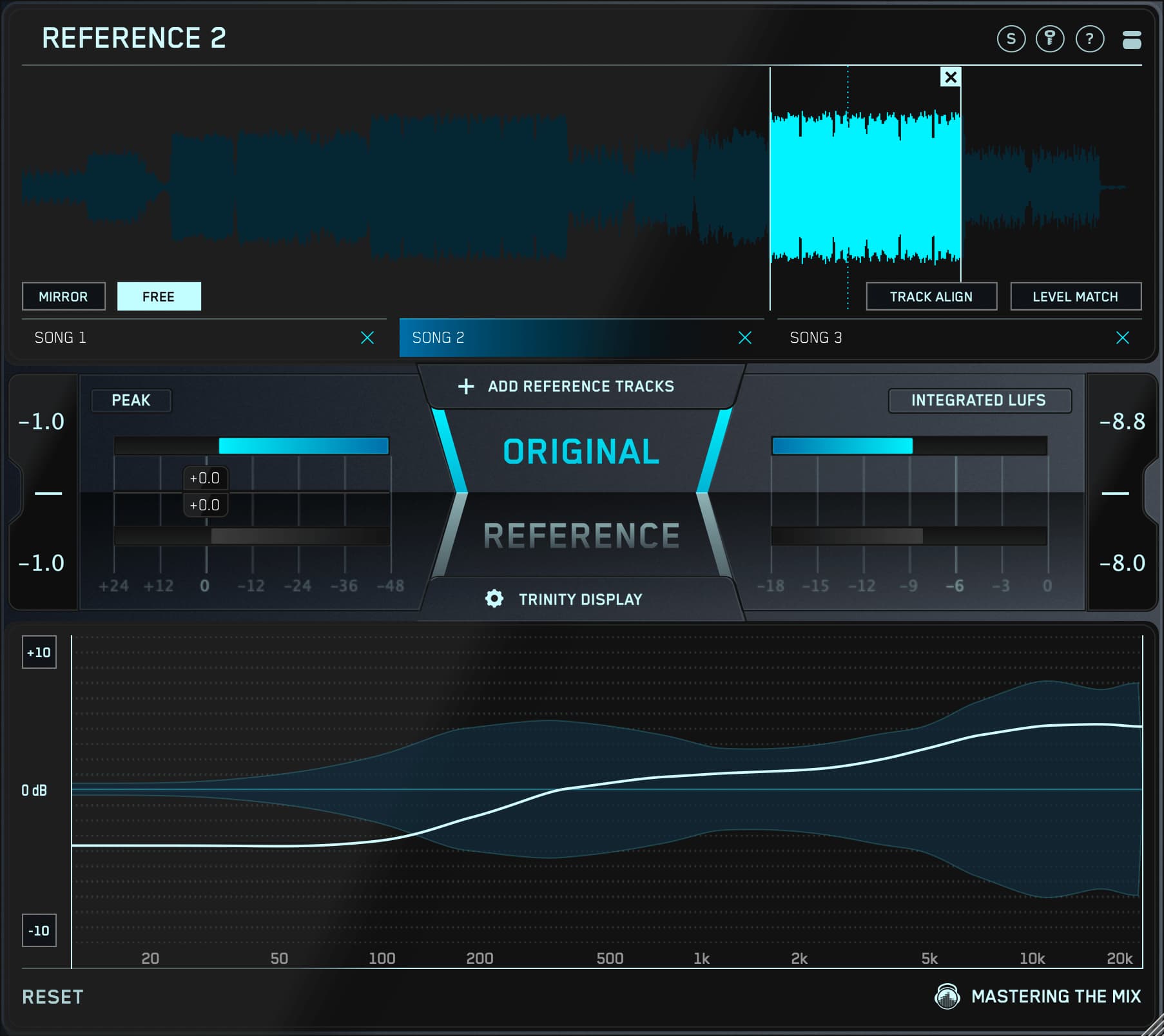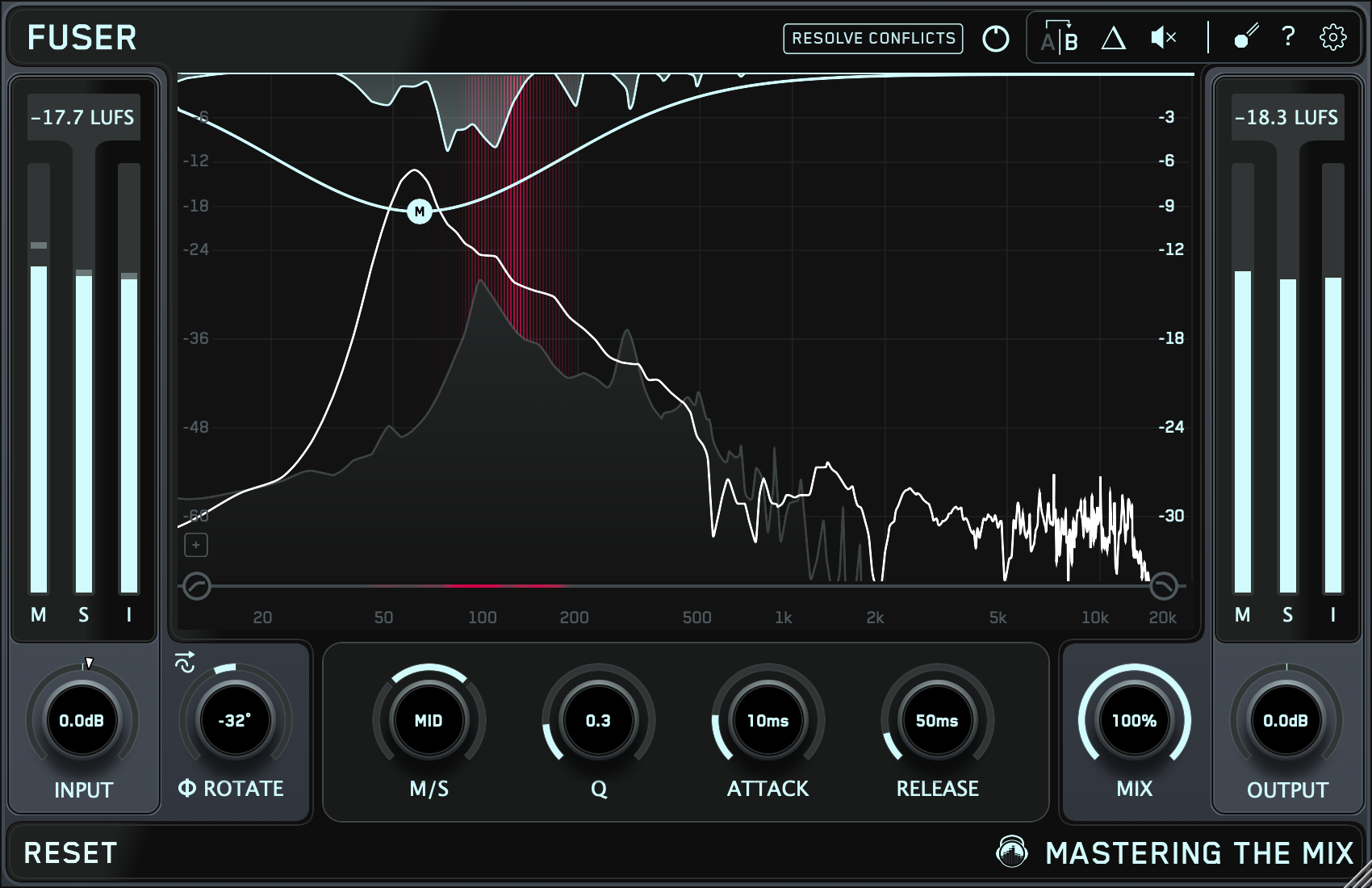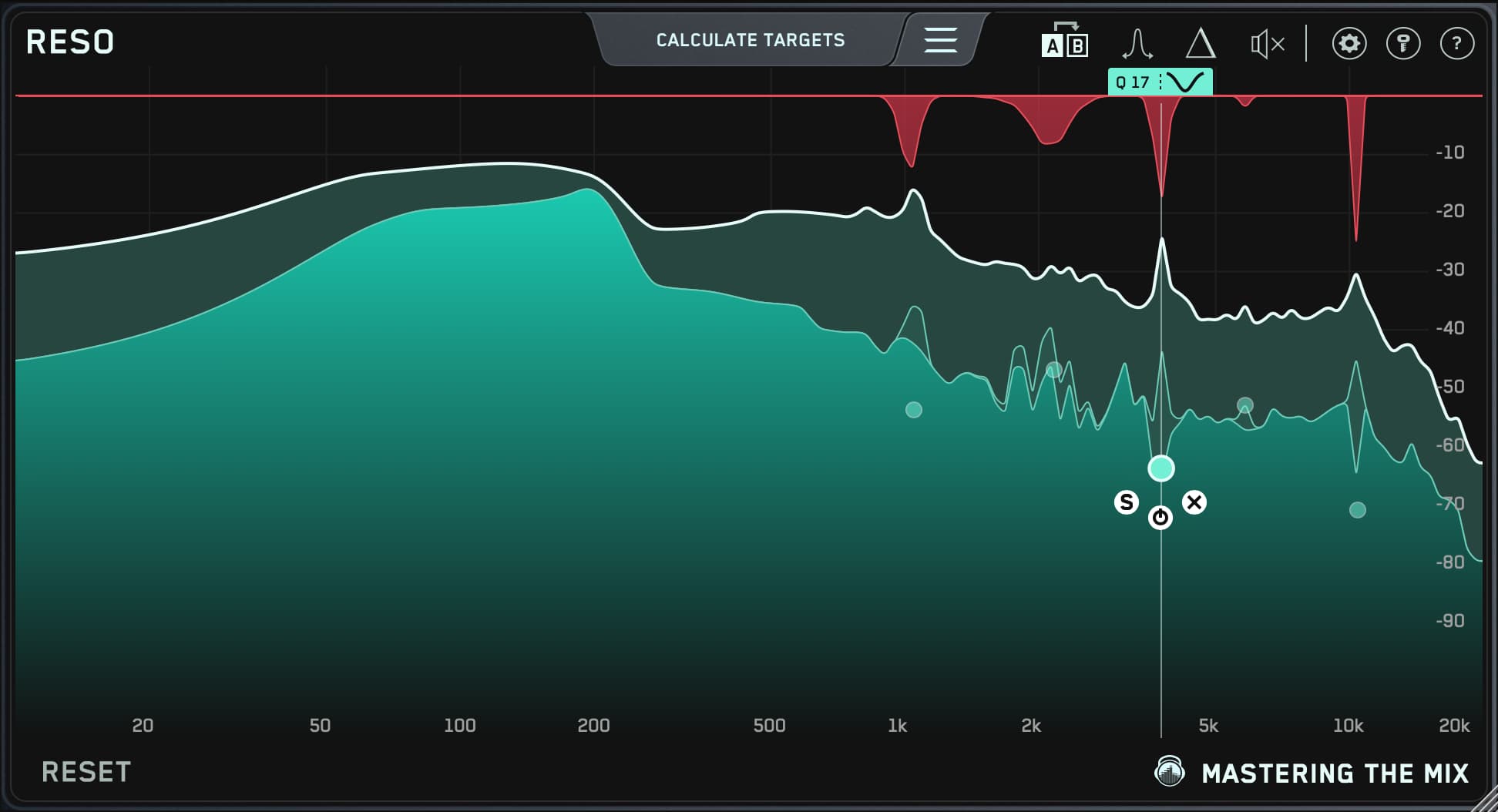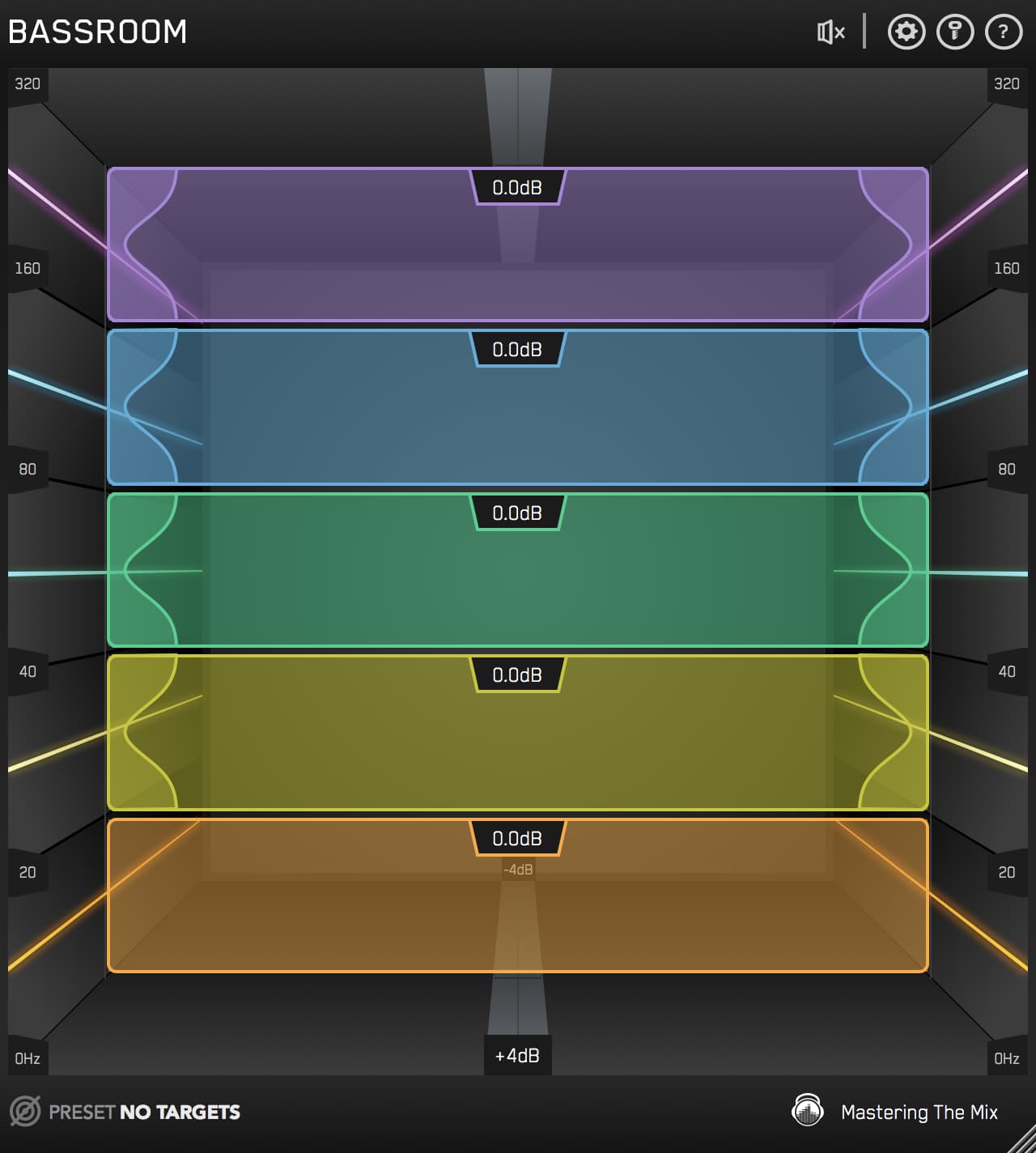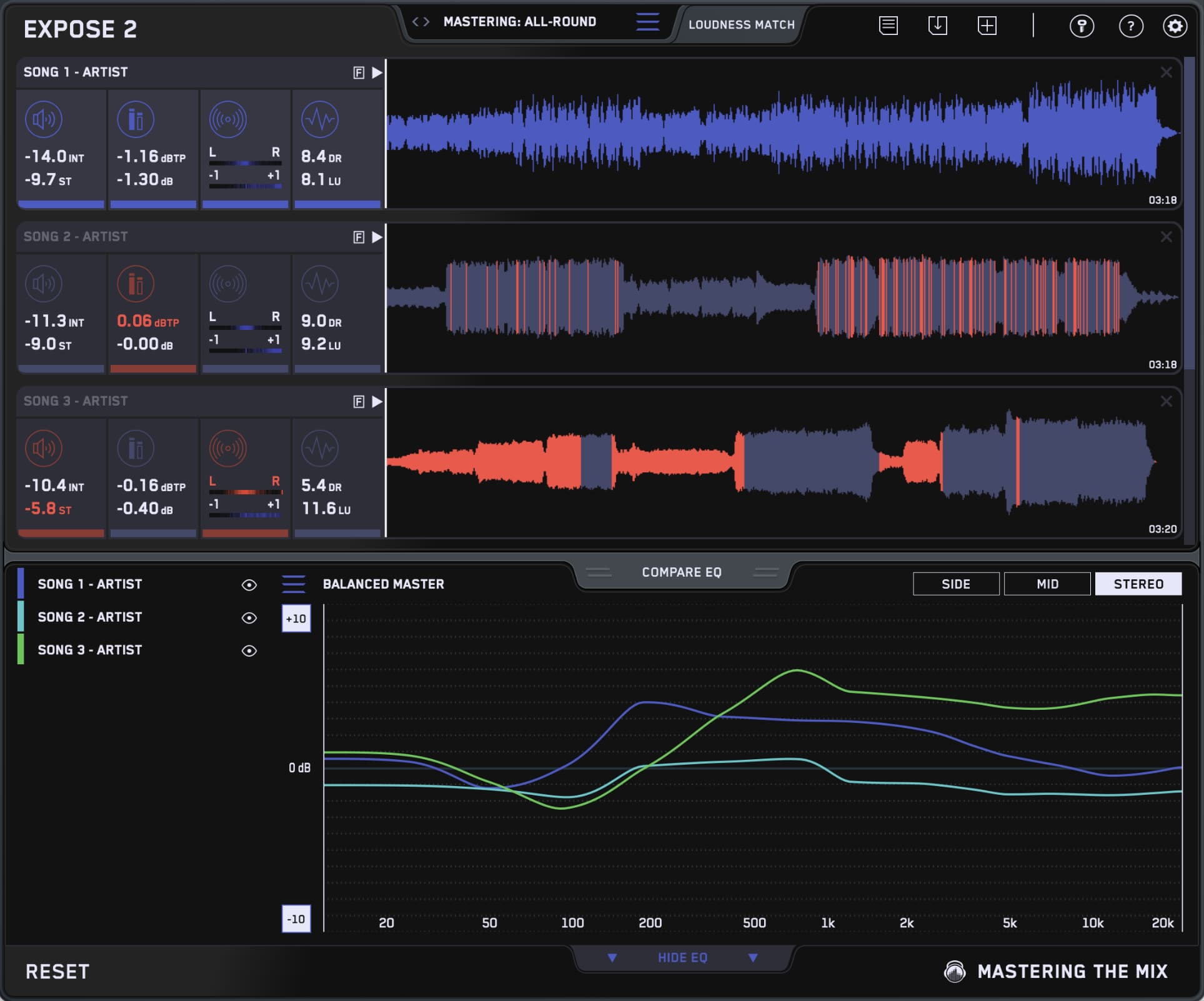Mastering is the final and arguably most critical stage of music production. It’s also one of the most misunderstood. Great mastering can take your mix to a whole new level with brighter highs, deeper lows, and punchier dynamics. But bad mastering can ruin a great song.
In this blog, we’ll break down some of the most common mistakes people make when mastering in the box and how to avoid them.

Over-Compressing
The most common misconception with mastering is that all you have to do is slap a limiter on your track and make it louder. Ever since Death Magnetic, people have been using limiters to squeeze every last decibel out of their mixes.
Haven’t you heard? The Loudness Wars are over—we won! With streaming services automatically adjusting the loudness of songs, there’s no longer any reason to try to make your song louder than the next song.
Too much compression can suck the life out of your song, making it sound dull and flat. Even worse, it can cause a noticeable pumping effect. Limiting should be the last step, and used to prevent clipping—not the first and only thing you do to your mix.
Instead of smashing your mix with a limiter, focus on enhancing the dynamics of your track. Slow attack times and fast release times will preserve transients for a more natural sound.

Too Much EQ
With EQ, a little goes a long way while mastering.
Use gentle boosts and cuts—typically under 3dB—to avoid completely rebalancing the mix. If you find yourself having to make big EQ moves, it’s best to go back to the mix and make adjustments on the individual tracks.
In most cases, it’s best to use low Q values and wide bells. It’s OK to use a dynamic narrow band if you need to zero in on a specific frequency that’s causing problems, but for most EQ moves, a low Q value will give a more subtle and natural sound.
Be particularly cautious of the low and high frequencies. It’s important to make sure the lows are powerful, but too much and the mix may sound boomy. Similarly, adding high-end can breathe life into a mix—but too much can make it sound harsh.
Our plugin MIXROOM helps take out the guesswork when it comes to shaping the sound of your master. It does this by giving you EQ target suggestions that are based on how a pro engineer in a world-class studio would approach the same audio. It also has specifically designed filters to maximise clarity when processing your audio during mastering. Learn more about MIXROOM here.

Phase Issues
If something in your mix is out of phase it can cause the low-end to feel thin and weak or even make stereo tracks disappear while listening in mono.
Sometimes you may need to correct phase problems from the recording or mixing stages, but mastering engineers can also create new phase problems by using stereo imaging plug-ins or “non-linear” EQs.
Traditional or “non-linear” EQs introduce phase shifts when you boost or cut a band. Not only can this cause phase problems in your track, but they also tend to have more color and character than linear-phase EQs.
That’s why many mastering engineers use special “linear phase” EQs to avoid creating phase problems. Linear phase EQs delay the incoming signal to ensure all bands are in phase, causing them to create significant latency. While they may not be ideal for tracking, they’re great for mastering.
After making my EQ and stereo spread adjustments, I always use LEVELS to check for phase problems. The STEREO FIELD tab uses a vectorscope to display audio placement in the stereo field.
The meter on the left side will read near +1 to indicate a well-balanced mix, and towards -1 to indicate that the mix has phase issues. Don’t forget to use the mono button at the top to make sure your mix holds up in mono!

Not Paying Attention to Your Levels
Mastering isn’t just about making your mix sound good—it’s also about making sure it meets the technical requirements for streaming and distribution. And that means you need to keep a close watch on your levels.
Thankfully, LEVELS has everything you need to make sure your master is radio-ready before pressing print.
Use the PEAK tab to make sure there’s no unwanted clipping in your mix. Select one of the mastering presets to change the target decibel and make sure your track stays under the threshold to avoid distortion.
Use the LUFS (loudness units relative to full scale) tab to measure the perceived loudness of your track. The mastering presets have various loudness targets ranging from a maximum of -6 to -12 LUFS.
There is a short-term LUFS meter on the left and an integrated LUFS meter on the right. The short-term meter will display the LUFS measurement over the last three seconds. The integrated meter shows the accumulating LUFS level of your track.
The DYNAMIC RANGE tab uses an oscilloscope to measure the dynamic range of your music. LEVELS creates a ratio of the ‘short-term LUFS’ to ‘peak level’ of your track and gives you a Dynamic Range reading. The lower the number, the less dynamic range your track has. Use this to make sure your mix is not over-compressed.
The LOUDNESS RANGE tab measures the volume of your track over time to show you how much it varies from section to section. Most tracks have a loudness range between 6 and 4LU. If your track has a loudness range of less than 3LU for more than 30 seconds, the meter will turn red.

Not Using Reference Tracks
References aren’t just for mixing engineers. In fact, most “reference mixes” are actually fully mastered tracks, so it actually makes more sense to use them when mastering.
Using references is crucial to learning how to master your own tracks. It can be difficult to remain objective when working on your own material, which is why it’s so important to compare your track to others to help guide your progress.
REFERENCE makes it easy to quickly compare the levels and loudness of your mix with professionally mastered tracks.
Load REFERENCE on your master bus, drag in your favorite reference tracks, and instantly compare the tonal balance, punch, and stereo width of your track. Use the level match feature to account for any level discrepancies, then watch the Trinity Display for tips on how to make your track sound more like the references.
If the white level line moves above the centre line, the original track has more of that frequency range than the reference. If the level line falls below the centre line, the original track has less of that frequency range that the reference
You’ll also see punch dots pulsating across the frequency spectrum. If the punch dots move toward the central 0dB line, the original track is more compressed than the reference. If the punch dots move toward the level line, the original track is less compressed than the reference.
REFERENCE even lets you compare stereo width. Understanding the stereo spread of both your original track and your reference will help you get closer to the sound you want. You can use panning in your DAW or a stereo tool to reduce or increase the width of a specific frequency range in your track.

Avoid making these five common mistakes when mastering in the box and you’ll be well on your way to cutting radio-ready records.
